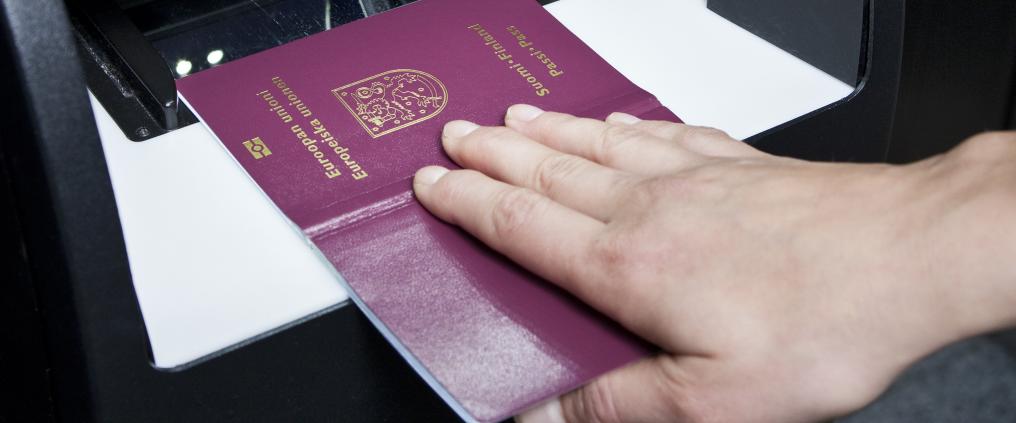If you are packing for a flight at the last minute, it may be tempting to think that as long as you have your boarding pass, passport and wallet with you, everything else can be taken care of in the final destination. But what if you forget your passport at home?
Here is what you need to remember about IDs as travel documents as an EU national.
In the Schengen area, an official ID card is enough
There are 26 European countries in the Schengen area. Between these countries, border controls have been abolished. If you are an EU national, you do not need to show your national ID card or passport when you are travelling from one border-free Schengen EU country to another.
Even if you don't need a passport for border checks within the Schengen area, it is still always highly recommended to take a passport or ID card with you on a flight and on your holiday, so that you can prove your identity if needed.
Keep in mind that not all EU countries are part of the Schengen area. If you are flying to EU countries outside of the Schengen area, such as Ireland or Cyprus, you will have to present your passport or national ID card when entering and exiting the country.
Even Schengen countries have the possibility of adopting national rules obliging you to hold or carry papers and documents when you are present on their territory. Before your flight, it is always good to check what travel documents are required in the destination country.
Driving licenses, post, bank or tax cards are not accepted as valid travel documents or proof of identity.
Keep your passport with you when travelling outside of the EU
When travelling outside of the EU, it is best to always have your passport with you, as it is the form of identification that is valid for all countries and all airlines.
In some countries, EU citizens are required to present both a passport and a visa. It is best to start the visa process well in advance before the trip. You can ask about the matter from the mission of your country of destination nearest to you.
In the EU countries, a passport is a valid travel document until its date of expiry. As for other countries, however, you should check the passport's required validity after travel (usually 3 or 6 months) at the mission of the country of destination.
You should always check your passport well in advance before travel; whether it’s broken and still valid. If you, however, end up forgetting your passport home before travel, the police at the airport can grant a temporary passport for Finnish citizens for a compelling reason. A temporary passport is typically valid for one trip only.
Sources: EU / Your Europe, Ministry for Foreign Affairs of Finland
Read why transfer passengers also have to go through security checks



